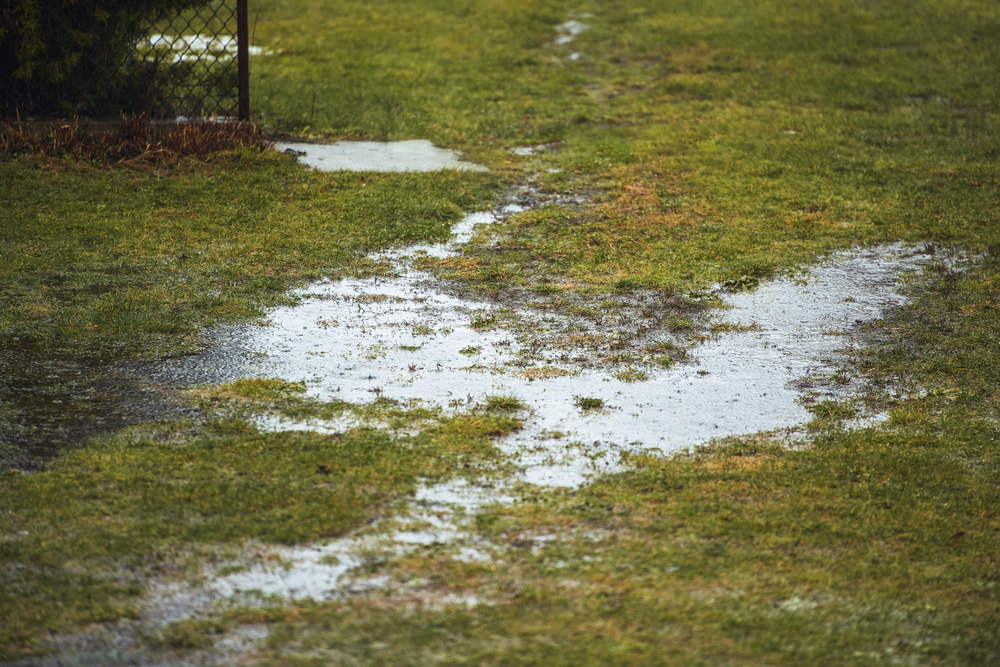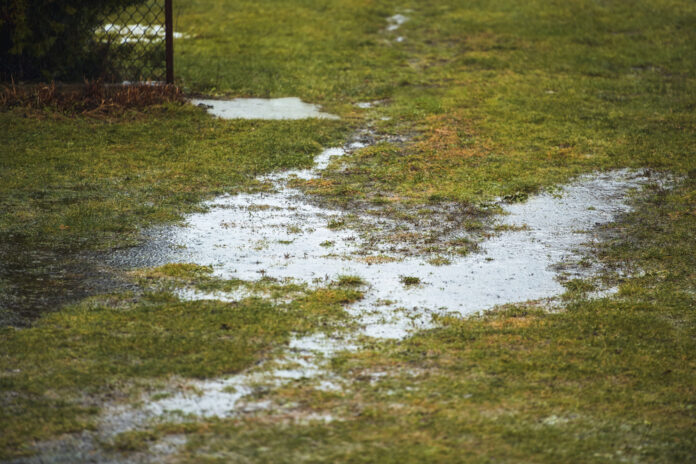Implementing sustainable stormwater management practices is crucial for home builders aiming to meet regulatory requirements while managing costs. By focusing on cost-effective strategies, builders can ensure environmental compliance without exceeding their budgets. Understanding the integration of SWPPP services is key to achieving these goals.
As a home-based builder, embracing sustainable stormwater management is essential to both regulatory compliance and environmental stewardship. With increasing pressure from regulations, implementing effective strategies can significantly impact your project’s success. By integrating SWPPP services into your planning, you not only adhere to legal standards but also potentially reduce long-term expenses associated with stormwater management. This approach ultimately supports both ecological preservation and financial efficiency in construction projects.
Cost-Effective Stormwater Solutions
For home-based builders, cost-effective stormwater management strategies are pivotal in maintaining project viability. These strategies not only help in reducing upfront costs but also prevent future expenses related to water damage or non-compliance penalties. Utilizing natural landscaping methods, such as rain gardens and permeable pavements, can effectively manage runoff while enhancing the aesthetic appeal of a property. These solutions often require less maintenance and offer long-term financial benefits.
Implementing rain barrels or cisterns is another affordable method to collect and reuse rainwater, thereby reducing reliance on municipal water supplies and cutting costs. Such practices also contribute positively to local ecosystems by minimizing erosion and nutrient runoff into waterways. By carefully planning and incorporating these elements into your projects, you can achieve significant savings while adhering to environmental guidelines.
The importance of strategic planning cannot be overstated when it comes to managing costs effectively in stormwater solutions. By analyzing site-specific conditions and potential risks early in the project lifecycle, builders can tailor their approaches to meet specific needs without unnecessary expenditures. This foresight allows for the selection of the most appropriate and cost-efficient measures tailored to each unique project.
Integrating Compliance Measures
Ensuring that your construction projects meet regulatory standards is vital for avoiding legal complications and fines. Integrating compliance measures seamlessly into your building plans is a proactive step toward maintaining legal adherence. This involves understanding local regulations and designing your stormwater management systems accordingly, often requiring the expertise of professionals familiar with these requirements.
Compliance is more than just meeting legal obligations; it also enhances the reputation of your building business by demonstrating a commitment to sustainable practices. When stakeholders see that your projects prioritize environmental responsibility, it builds trust and can lead to further opportunities. Staying informed about current regulations and trends allows you to adapt quickly, ensuring continuous compliance as standards evolve.
By embedding these measures into your initial design phase, you can avoid costly retrofits or adjustments later in the project lifecycle. This approach not only saves time and resources but also ensures that your operations run smoothly without interruptions from regulatory bodies. It emphasizes forward-thinking and aligns with best practices in sustainable construction.
Preserving Project Budgets
Sustainable stormwater solutions are instrumental in preserving project budgets by preventing unforeseen expenses related to environmental damage or non-compliance penalties. Through careful planning and execution, builders can implement systems that provide both ecological benefits and cost savings. These solutions often require lower investment compared to traditional methods, yet deliver superior performance in managing runoff.
For instance, integrating green infrastructure can reduce the need for complex drainage systems, lowering installation and maintenance costs significantly. Green roofs and vegetated swales are examples of such infrastructure that offer effective stormwater management while contributing positively to building aesthetics and thermal regulation.
The ability to predict and manage potential risks associated with stormwater during the early stages of construction enables builders to allocate resources efficiently. This proactive approach minimizes unexpected financial burdens and ensures a smoother workflow throughout the project duration. Emphasizing sustainable solutions not only preserves budgets but also enhances the long-term value of construction projects.
Case Studies or Practical Tips
Examining successful implementations of stormwater management solutions provides valuable insights for home-based builders seeking practical tips. One common approach involves using permeable materials for driveways and walkways, allowing rainwater to filter naturally into the ground rather than running off into drains. This method reduces flooding risks and improves groundwater recharge rates.
A notable example includes utilizing native plants in landscaping designs, which require less water and provide natural filtration for pollutants before they reach waterways. Such practices enhance biodiversity while reducing irrigation needs, offering dual benefits of cost savings and environmental protection.
Another effective strategy is the incorporation of bioswales, landscaped channels designed to remove silt and pollution from surface runoff, into property designs. These not only manage water efficiently but also add visual interest to landscapes, making them a popular choice among environmentally conscious builders
Find a Home-Based Business to Start-Up >>> Hundreds of Business Listings.


